Ethernet cables are extremely popular these days and represent the main connection to the Internet via cable or DSL. Since it is extremely common, most users do not even pay attention to it. As long as it can ensure a safe connection, there are no other things that matter. However, knowledge and education plays a very important role when you actually have to buy such a cable. What do you have to look for? Is there a lot you need to know?
Types Of Cables
Although they look similar, cables hide a lot of particularities that make the difference between them, but also influence the costs. Most commonly, the standards underline the overall quality. Practically, the quality is directly proportional with how much the respective cable can deal with. From this point of view, you have five different categories:
- Cat 7 cables are professionally shielded and can support 600Mhz. They are quite new on the market, so they are not extremely popular.
- Cat 6 cables are designed to skip cross talking and come with thick wires. They can accept 10/100/1000Mb connections.
- Cat 5E cables have the same properties like Cat 6 cables, only the wires are slightly thinner.
- Cat 5 cables are useful for both voice and Internet connections and support 10/100Mb.
- Cat 3 is the lowest quality, so it obviously has limitations. It is usually used for voice, but also for 10Mb connections.
Cat 5E cables are by far the most popular middle solutions. They are qualitative and economical, so 99% of salesmen will recommend them.
Regular Cables
Aside from the quality, the ends are just as diversified. The cable has two heads consisting of multiple colored wires. The regular cables ensure the same order in both heads from left to right. Such heads or plugs are common to connect computers with routers or switches. It is also worth knowing that there are two different types of orders T-568A and T-568B. The order will not work on the performance.
Crossover Cables
Once you become familiar with regular cables, it is not hard to figure out that crossover Ethernet cables come up with two different orders on each head. The primary mission of such a construction is to connect two different devices without relying on any switches. You may connect two computers without hubs, but also two switches.
In conclusion, buying an Ethernet cable is not that hard once you become familiar with the basics. In fact, you can just tell the salesman what you need it for and you will get the correct recommendation. As a few short conclusions, Cat 5E cables are the most popular ones on the market, while regular or straight-through cables are more than enough to establish a connection between a computer and a switch. On the other hand, crossover cables allow you to skip the switch and connect two computers directly. You may also run into rolled cables, but they do not actually carry the Ethernet standards. Instead, they only look like them. They are specifically designed for PC and Cisco router connections.
Author Bio
Michael Alverez is a technology consultant working for Monoprice.com an eCommerce website specializing in high quality cables, components and accessories for computer and consumer electronics.

3 Comments
Leave a Reply
Cancel reply
Leave a Reply
This site uses Akismet to reduce spam. Learn how your comment data is processed.





















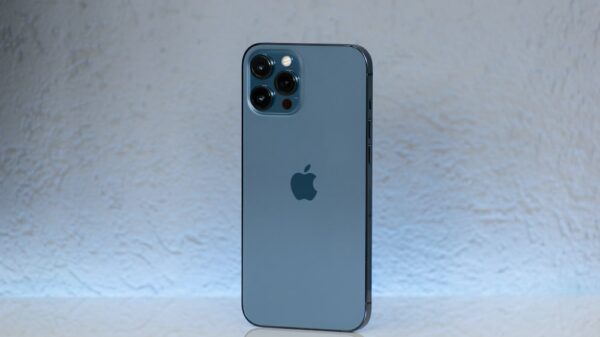























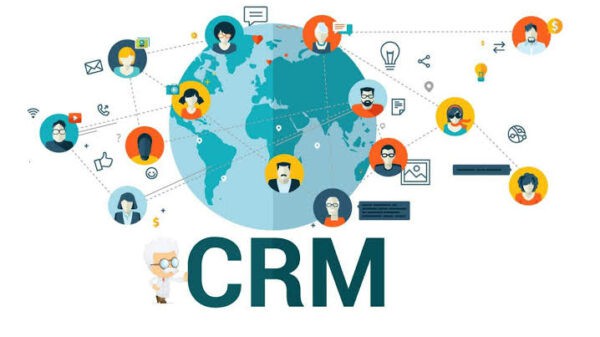

























































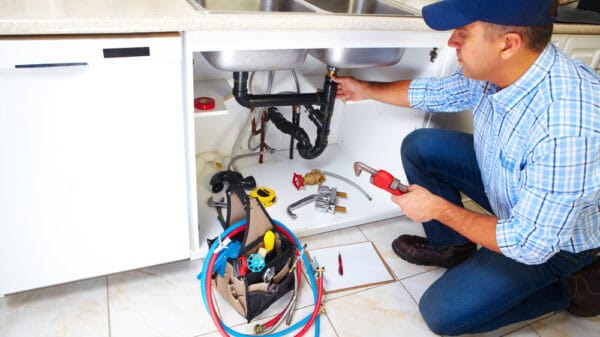































































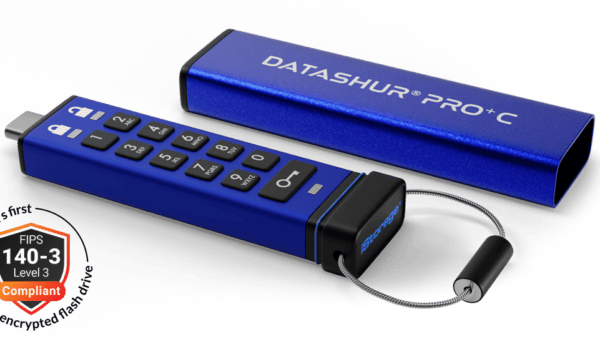


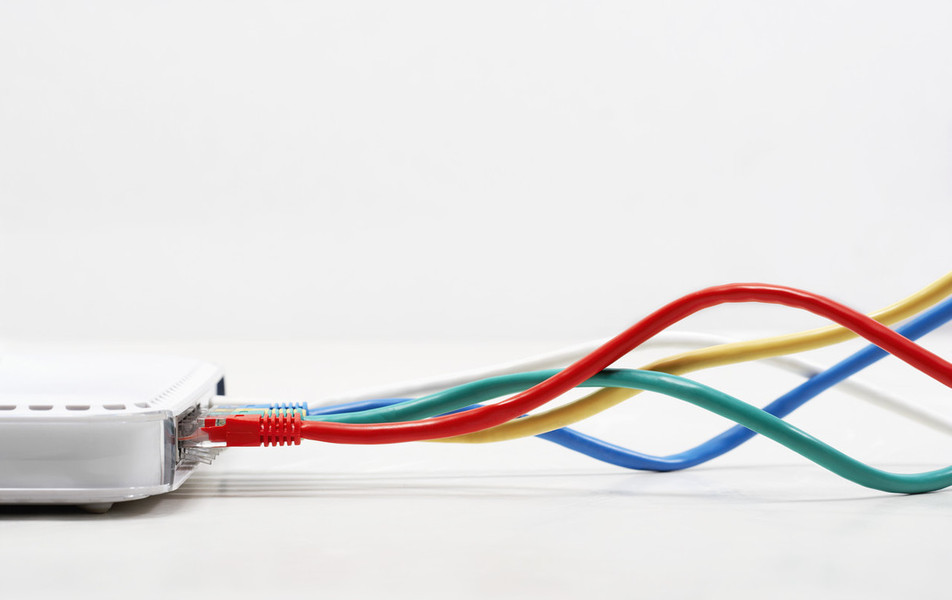










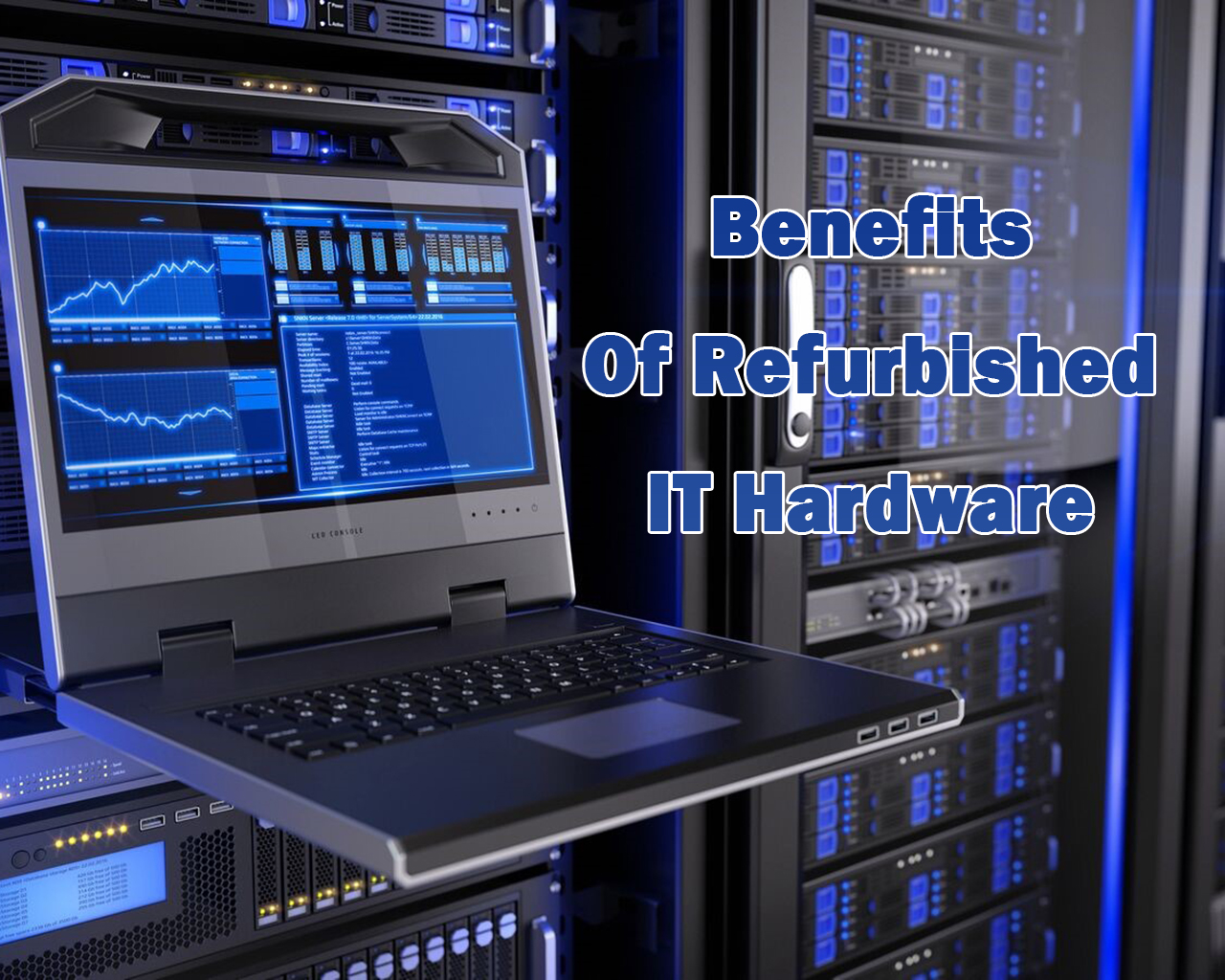
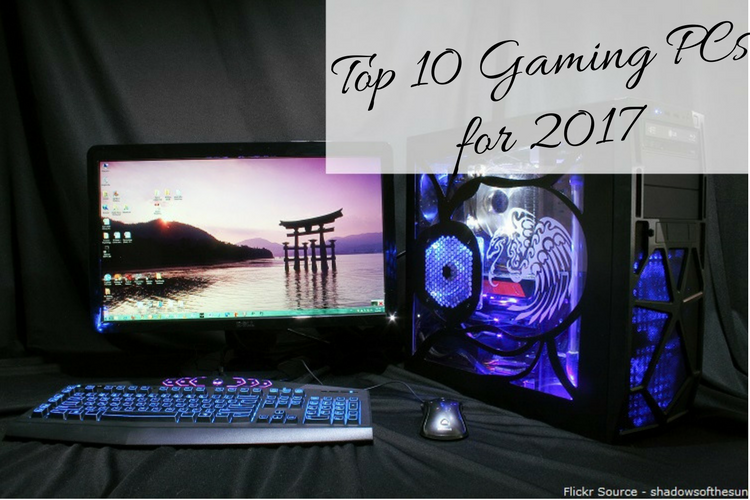
Jon Klokov
August 8, 2013 at 10:19 pm
You’re kidding.
I’ve never looked twice at an Ethernet cable, and always bought the cheapest one available that has the required length. I had no idea they were…at all different.
Thanks for the heads up!
raj
August 9, 2013 at 11:03 am
I never thought this much while buying a cable for a modem. I just pick the one from market and that cable always worked fine for me. though I too feel that better category cable gives us better result, I mean loss will be less. but for some ordinary purpose, go for any of them which can work fine for you.
Shalin
August 9, 2013 at 11:29 am
Cat 5 is the most popular one around. With gigabyte Ethernet I dont know what is suitable to use